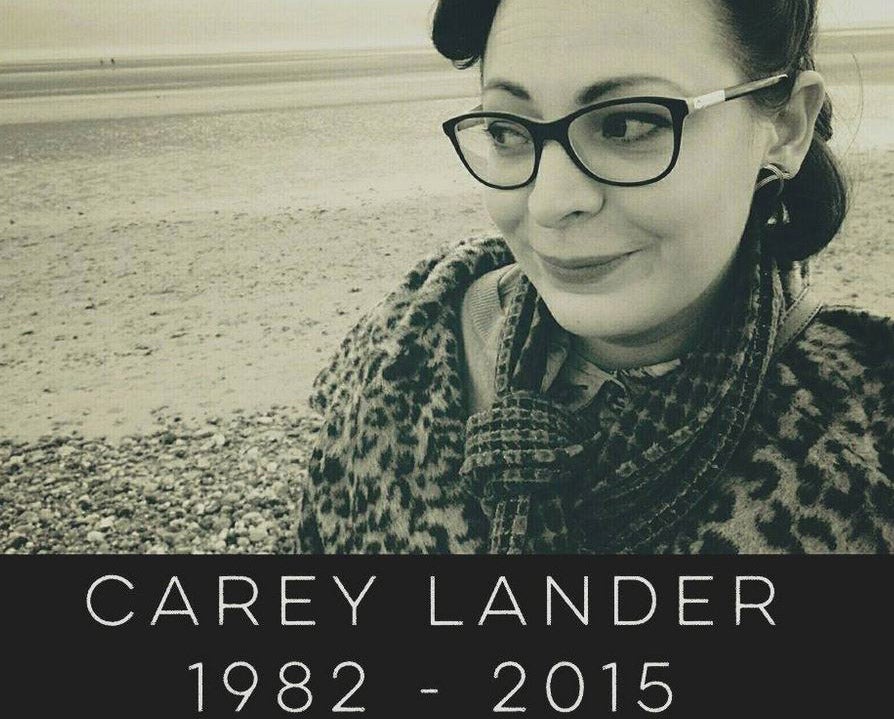Carey Lander dies: What is osteosarcoma? What are the symptoms?
The musician had been raising money for Sarcoma UK to raise money to fight the disease which predominantly affects children

Your support helps us to tell the story
From reproductive rights to climate change to Big Tech, The Independent is on the ground when the story is developing. Whether it's investigating the financials of Elon Musk's pro-Trump PAC or producing our latest documentary, 'The A Word', which shines a light on the American women fighting for reproductive rights, we know how important it is to parse out the facts from the messaging.
At such a critical moment in US history, we need reporters on the ground. Your donation allows us to keep sending journalists to speak to both sides of the story.
The Independent is trusted by Americans across the entire political spectrum. And unlike many other quality news outlets, we choose not to lock Americans out of our reporting and analysis with paywalls. We believe quality journalism should be available to everyone, paid for by those who can afford it.
Your support makes all the difference.The keyboardist with Glaswegian band Camera Obscura has died after a four-year battle with osteosarcoma - a rare form of bone cancer.
In a moving tribute on Facebook, the band said Carey Lander had “passed away peacefully” on Sunday morning.
The band said they would continue to support Sarcoma UK, a charity researching and finding new ways to fight the disease, which is poorly funded and typically affects children.
A JustGiving page launched by Ms Lander before her death to raise money and awareness of the disease has now made more than £60,000.
What is osteosarcoma?
Osteosarcoma is a rare form of bone cancer where malignant tumours form within the bone.
More often bone cancer comes as a secondary cancer after the disease spreads from other parts of the body. Tumours which start in the bone tend to be benign.
According to the Bone Cancer Trust, 94 per cent of this type of bone cancer starts in the long bones of the arms and legs.
Just how rare is it?
Each year 600 people in the UK and Ireland will diagnosed with primary bone cancer. Around 175 of these people will get osteosarcoma.
The disease primarily affects people under the age of 29.
The cancer occurs in the hard tissues of cells, nerves and blood vessels which make up the skeleton.
The bone marrow in the centre of the bone, where more common cancers like leukaemia and lymphoma occur, are not counted in statistics for bone cancer.
What are the symptoms?
The most common symptom of the cancer is pain when moving, at rest or lifting objects. It is particularly bad at night.
Other signs include bone fractures and swelling as well as redness, limping and limited movement of joints.
How is it treated?
Treatment depends on which of the five sub-types of osteosarcoma the sufferer has/
Doctors will first carry out blood tests and X-rays to determine whether the cancer has spread to any other parts of the body and usually this is followed by chemotherapy, radiotherapy and/or amputation.
What is the prognosis?
As with all cancers it depends on the stage at which it is diagnosed. Other factors include the site of the tumour in the body and the general health of the patient.
Generally people with stage-one osteosarcoma have a 90 per cent or more chance of survival but for people with the stage-three, half can expect to be alive after two years - falling to 20 per cent within 10 years.
Join our commenting forum
Join thought-provoking conversations, follow other Independent readers and see their replies
Comments